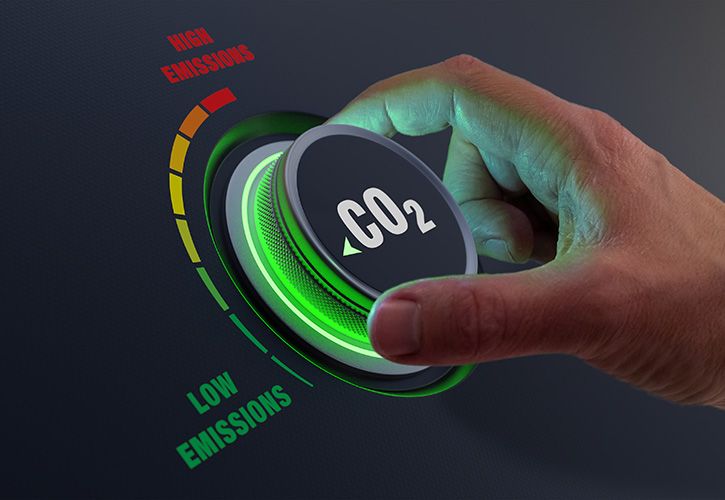UK DIY News
4C Associates: The Retailer Race To Net Zero

At the recent COP26 summit, it was agreed that countries will meet next year to pledge further cuts to emissions of carbon dioxide (CO2) – a greenhouse gas that causes climate change.
This is to try to keep temperature rises within 1.5C – which scientists say is required to prevent a “climate catastrophe”. Current pledges, if met, will only limit global warming to about 2.4C.
Any global pledge requires significant change at a more micro-level and in the retail environment this means that thousands and thousands of suppliers and retailers will have to significantly alter the way they operate producing and rearing, manufacturing, distributing and ultimately selling their products from their shops and online.
Tesco is a great case study as they have recently announced their commitment to reaching net-zero emissions across its supply chain by 2050 as part of their efforts to help tackle the climate crisis.
The target covers all emissions generated across the end to end supply chain – from the sourcing of raw materials and food production to the use of its products, including food waste and customers’ changing dietary choices.
This will require a monumental reduction in scope 3 emissions. Scope 3 emissions are those from its suppliers – who in turn will have to conduct a thorough review of any energy related activities, upstream transport use and distribution and any waste generated in production.
As Scope 3 emissions are not associated with the company itself, but others – they are notoriously difficult to track and significant collaboration is needed to ensure a “win win” situation is arrived at.
If you are a scope 3 supplier to a retailer – there are some things that you can do:
- Estimate your own value / supply chain emissions – it is not an exact science – use industry averages and combine with any internal data that you may have
- Prioritise where to put your effort – choose those things that you have control over and tackle the easiest things first!
- Collaborate with others – working with like-minded companies will help create broader change and make the process simpler
Tesco has said that emissions from its products and supply chain represents more than 90% of its total carbon footprint – in other words, Tesco can only deliver its target if its suppliers begin to meet theirs too.
The work has started – of the company’s major suppliers, 100 have so far cut their manufacturing emissions by 20%. This is a great start but the task ahead remains monumental.
At 4C Associates, we work across multiple sectors and a challenge clients are evermore increasingly putting to us is sustainability and carbon reduction. For retail, it is not just about your businesses impact, but your entire supply chain, forcing organisations to understand Scope 3. That is why we have developed our carbon mapping tool, which can help you map your current carbon footprint via a visual dashboard that displaying your carbon output geographically, supplier based, or product based.
If you are interested in learning more about this, please contact Simon Latham at simon.latham@4cassociates.com to arrange a discussion and demonstration.
Source : Simon Latham and Jo Ennion, 4C Associates
Image : NicoElNino iStockphoto.com (1305361225)
Insight provides a host of information I need on many of our company’s largest customers. I use this information regularly with my team, both at a local level as well as with our other international operations. It’s extremely useful when sharing market intelligence information with our corporate office.











































